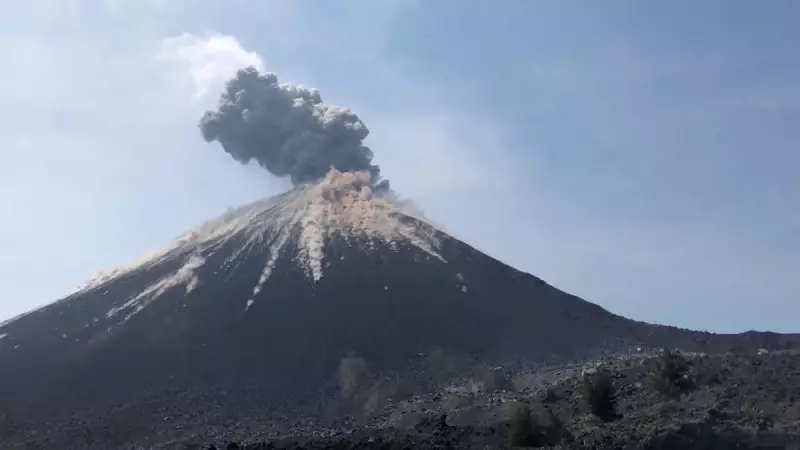
In a remarkable geological breakthrough, scientists from the Geological Survey of India (GSI) have uncovered that samples from India's sole active mud volcano in the Andaman and Nicobar Islands trace back an astonishing 23 million years. This fascinating discovery places the volcanic formation in the Oligocene-Miocene epoch, revealing secrets from a time when the Indian subcontinent was still drifting toward its current position.
The Ancient Origins Revealed
Located in Baratang Island, approximately 90 kilometers north of Port Blair, this bubbling natural phenomenon has long intrigued scientists and tourists alike. The recent analysis of sedimentary samples has provided unprecedented insights into the volcanic activity that has been shaping this unique landscape for millions of years.
What Makes This Mud Volcano Special?
India's only active mud volcano stands as a testament to the dynamic geological processes continuously shaping our planet. Unlike traditional magma volcanoes, mud volcanoes erupt with a cool mixture of water, gas, and fine sediments, creating a spectacular natural display that's both safe to observe and scientifically valuable.
Scientific Significance and Research Methods
The GSI team employed cutting-edge geological dating techniques to determine the precise age of the volcanic deposits. Their research revealed that the volcanic activity began during a crucial period in Earth's history, providing valuable information about:
- Ancient tectonic movements in the Bay of Bengal region
- Sedimentary patterns from the Oligocene-Miocene transition
- Hydrocarbon potential and natural gas formations
- Climate history of the Indian Ocean region
Tourism and Conservation Balance
While the mud volcano has become a significant tourist attraction in the Andaman Islands, this new discovery highlights the importance of preserving this geological wonder. The findings underscore the need for sustainable tourism practices that protect the site while allowing visitors to witness this extraordinary natural phenomenon.
The ongoing research continues to monitor the volcanic activity, providing crucial data for understanding not just India's geological history, but also contributing to global volcanic research and climate studies. This living laboratory offers scientists a unique window into Earth's ancient past while captivating visitors with its otherworldly landscape.





